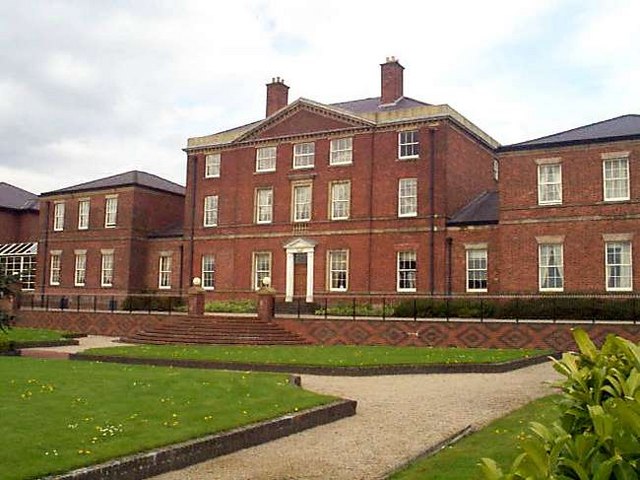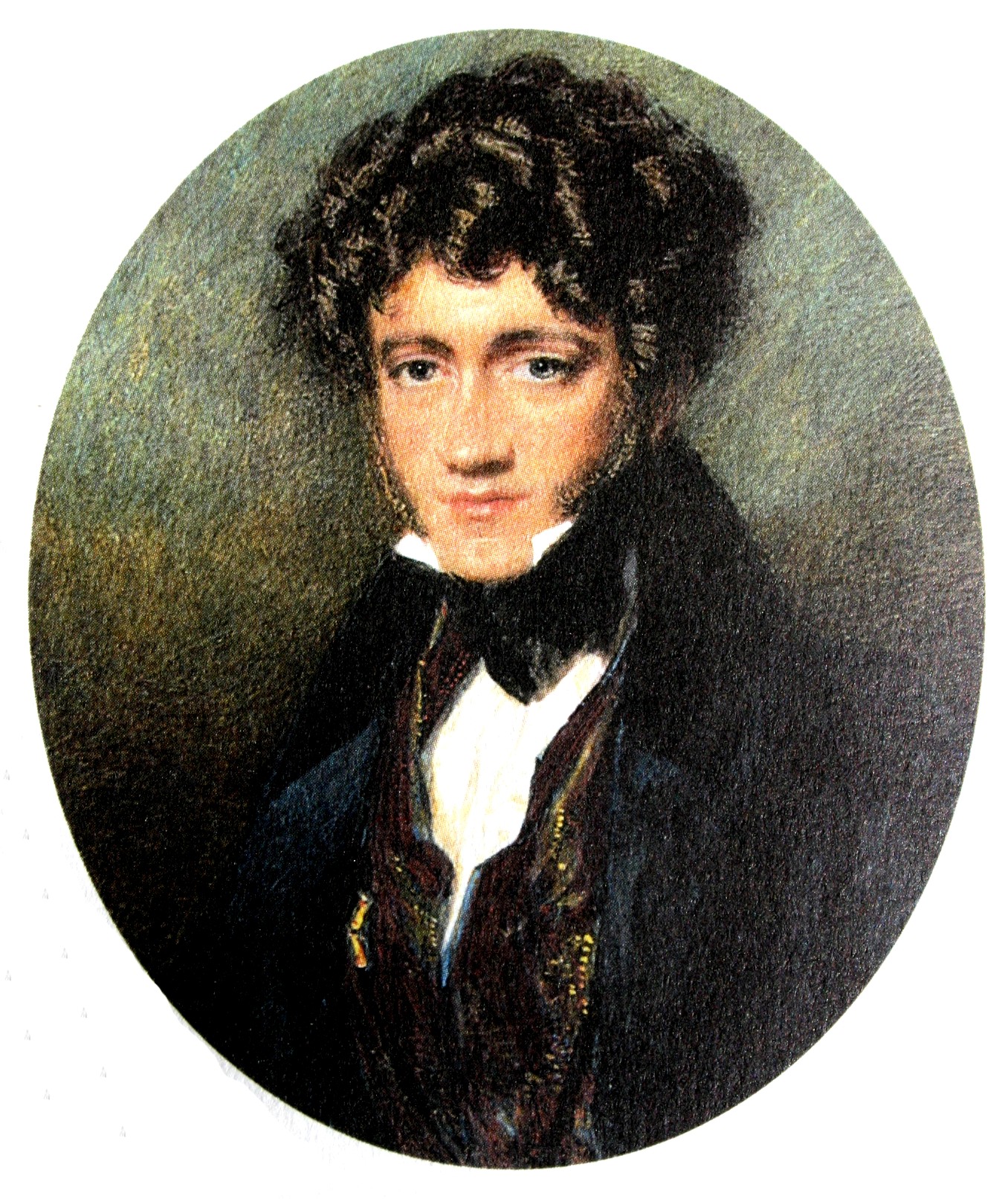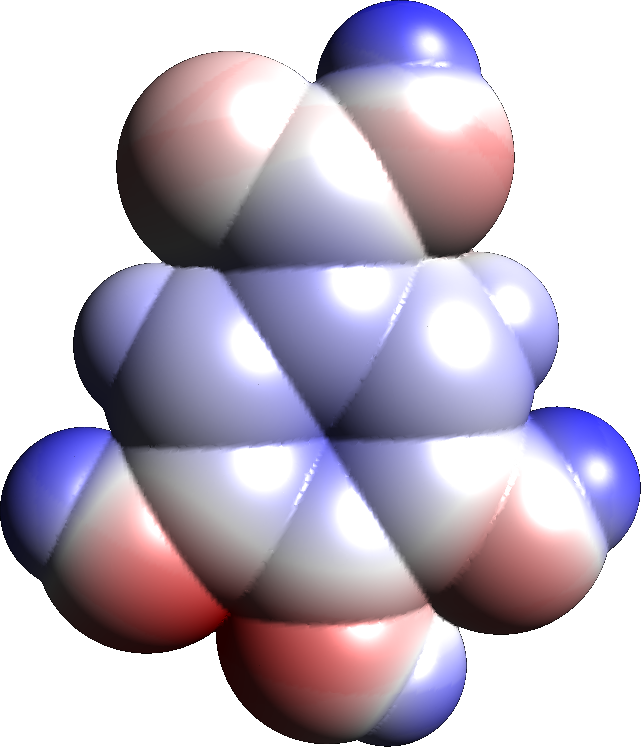|
Thomas Wedgwood (1771–1805)
Thomas Wedgwood (14 May 1771 – 10 July 1805) was an English photographer and inventor. He is most widely known as an early experimenter in the field of photography. He is the first person known to have thought of creating permanent pictures by capturing camera images on material coated with a light-sensitive chemical. His practical experiments yielded only shadow image photograms that were not light-fast, but his conceptual breakthrough and partial success have led some historians to call him "the first photographer". Life Thomas Wedgwood was the fifth child of eight born to Josiah Wedgwood and his wife Sarah, nee Wedgwood, his third cousin. His father was the founder of the Wedgwood company. He was an uncle of the English naturalist Charles Darwin, through his sister Susannah Wedgwood who married Robert Darwin. He was born in Etruria, Staffordshire, now part of the city of Stoke-on-Trent in England. Wedgwood grew up and was educated at Etruria, and was instilled from his yo ... [...More Info...] [...Related Items...] OR: [Wikipedia] [Google] [Baidu] |
Etruria, Staffordshire
Etruria is a suburb of Stoke-on-Trent, Staffordshire, England. History Home of Wedgwood Etruria was the fourth and penultimate site for the Wedgwood pottery business. Josiah Wedgwood, who was previously based in Burslem, opened his new works in 1769. It was named after the Italian district of Etruria, home of the Etruscan civilization, Etruscan people who were renowned for their artistic products. The site covered and was next to the Trent and Mersey Canal. As well as Wedgwood's home, Etruria Hall, it included the Etruria Works which remained in use by the Wedgwood enterprise until 1950. The Wedgwood factory is now in Barlaston, a village about six miles to the south of the Etruria site. Etruria Hall was the site of the substantial invention of photography by Thomas Wedgwood (photographer), Thomas Wedgwood in the 1790s. After Wedgwood Much of Etruria became derelict with the move of Wedgwood after the World War II, Second World War and the subsequent closure of the nearby S ... [...More Info...] [...Related Items...] OR: [Wikipedia] [Google] [Baidu] |
Silver Nitrate
Silver nitrate is an inorganic compound with chemical formula . It is a versatile precursor to many other silver compounds, such as those used in photography. It is far less sensitive to light than the halides. It was once called ''lunar caustic'' because silver was called ''luna'' by ancient alchemists who associated silver with the moon. In solid silver nitrate, the silver ions are three- coordinated in a trigonal planar arrangement. Synthesis and structure Albertus Magnus, in the 13th century, documented the ability of nitric acid to separate gold and silver by dissolving the silver. Indeed silver nitrate can be prepared by dissolving silver in nitric acid followed by evaporation of the solution. The stoichiometry of the reaction depends upon the concentration of nitric acid used. :3 Ag + 4 HNO3 (cold and diluted) → 3 AgNO3 + 2 H2O + NO :Ag + 2 HNO3 (hot and concentrated) → AgNO3 + H2O + NO2 The structure of silver nitrate has been examined by X-ray crystallography se ... [...More Info...] [...Related Items...] OR: [Wikipedia] [Google] [Baidu] |
Sodium Thiosulfate
Sodium thiosulfate (sodium thiosulphate) is an inorganic compound with the formula . Typically it is available as the white or colorless pentahydrate (x = 5), which is a white solid that dissolves well in water. The compound is a reducing agent and a ligand, and these properties underpin its applications. Uses Sodium thiosulfate is used predominantly in dyeing. It converts some dyes to their soluble colorless "leuco" forms. It is also used to bleach "wool, cotton, silk, ...soaps, glues, clay, sand, bauxite, and... edible oils, edible fats, and gelatin." Medical uses Sodium thiosulfate is used in the treatment of cyanide poisoning. It is on the World Health Organization's List of Essential Medicines. Other uses include topical treatment of ringworm and tinea versicolor, and treating some side effects of hemodialysis and chemotherapy. In September 2022, the U.S. Food and Drug Administration (FDA) approved sodium thiosulfate under the trade name Pedmark to lessen the risk of oto ... [...More Info...] [...Related Items...] OR: [Wikipedia] [Google] [Baidu] |
John Herschel
Sir John Frederick William Herschel, 1st Baronet (; 7 March 1792 – 11 May 1871) was an English polymath active as a mathematician, astronomer, chemist, inventor and experimental photographer who invented the blueprint and did botanical work. Herschel originated the use of the Julian day system in astronomy. He named seven moons of Saturn and four moons of Uranus – the seventh planet, discovered by his father Sir William Herschel. He made many contributions to the science of photography, and investigated colour blindness and the chemical power of ultraviolet rays. His ''Preliminary Discourse'' (1831), which advocated an Inductive reasoning, inductive approach to scientific experiment and theory-building, was an important contribution to the philosophy of science. Early life and work on astronomy Herschel was born in Slough, Buckinghamshire, the son of Mary Baldwin and astronomer Sir William Herschel. He was the nephew of astronomer Caroline Herschel. He studied short ... [...More Info...] [...Related Items...] OR: [Wikipedia] [Google] [Baidu] |
Louis Daguerre
Louis-Jacques-Mandé Daguerre ( ; ; 18 November 1787 – 10 July 1851) was a France, French scientist, artist and photographer, recognized for his invention of the eponymous daguerreotype process of photography. He became known as one of the fathers of photography. Though he is most famous for his contributions to photography, he was also an accomplished painter, scenic design, scenic designer, and a developer of the diorama theatre. Biography Louis Daguerre was born in Cormeilles-en-Parisis, Val-d'Oise. He was apprenticed in architecture, theatre design, and panoramic painting to Pierre Prévost (painter), Pierre Prévost, the first French panorama painter. Exceedingly adept at his skill of theatrical illusion, he became a celebrated designer for the theatre, and later came to invent the diorama, which opened in Paris in July 1822. In 1829, Daguerre partnered with Nicéphore Niépce, an inventor who had produced the world's first Heliography, heliograph in 1822 and the V ... [...More Info...] [...Related Items...] OR: [Wikipedia] [Google] [Baidu] |
Foglia Wedgwood
The Foglia (also called Isauro, e.g. in Belforte all'Isauro) is the northernmost river of the Marche region of Italy. In ancient times it was known as ''Pisaurus'', as it debouched into the Adriatic Sea at ''Pisaurum'' (modern Pesaro). It was also known as the ''Isaurus''. The source of the river is west of Sestino in the province of Arezzo (which is in the Tuscany region of Italy) in the Umbrian-Marchean Apennines mountains. It flows east through an extension of the province of Pesaro e Urbino and then back into Arezzo before forming the border between Arezzo and Pesaro e Urbino. The river then flows into the province of Pesaro e Urbino past Piandimeleto and curves northeast and flows past Sassocorvaro before curving east again. The river meanders south of Montecalvo in Foglia before curving northeast and flowing near Colbordolo, Saludecio, Sant'Angelo in Lizzola, Montecchio, Montelabbate and Tavullia before entering the Adriatic Sea near Pesaro. A personification of the riv ... [...More Info...] [...Related Items...] OR: [Wikipedia] [Google] [Baidu] |
Carl Wilhelm Scheele
Carl Wilhelm Scheele (, ; 9 December 1742 – 21 May 1786) was a Swedish Pomerania, German-Swedish pharmaceutical chemist. Scheele discovered oxygen (although Joseph Priestley published his findings first), and identified the elements molybdenum, tungsten, barium, nitrogen, and chlorine, among others. Scheele discovered organic acids Tartaric acid, tartaric, Oxalic acid, oxalic, Uric acid, uric, Lactic acid, lactic, and Citric acid, citric, as well as Hydrofluoric acid, hydrofluoric, Hydrocyanic acid, hydrocyanic, and Arsenic acid, arsenic acids. He preferred speaking German to Swedish his whole life, as German was commonly spoken among Swedish pharmacists.Fors, Hjalmar 2008. "Stepping through Science’s Door: C. W. Scheele, from Pharmacist's Apprentice to Man of Science". Ambix 55: 29–49 Biography Scheele was born in Stralsund, in western Pomerania, which at the time was a Dominions of Sweden, Swedish Dominion inside the Holy Roman Empire. Scheele's father, Joachim (or Jo ... [...More Info...] [...Related Items...] OR: [Wikipedia] [Google] [Baidu] |
Gelatine
Gelatin or gelatine () is a translucent, colorless, flavorless food ingredient, commonly derived from collagen taken from animal body parts. It is brittle when dry and rubbery when moist. It may also be referred to as hydrolysis, hydrolyzed collagen, collagen hydrolysate, gelatine hydrolysate, hydrolyzed gelatine, and collagen peptides after it has undergone hydrolysis. It is commonly used as a gelling agent in food, beverages, medications, drug or vitamin capsule (pharmacy), capsules, photographic films, photographic paper, papers, and cosmetics. Substances containing gelatin or functioning in a similar way are called gelatinous substances. Gelatin is an irreversibly hydrolysis, hydrolyzed form of collagen, wherein the hydrolysis reduces protein fibrils into smaller peptides; depending on the physical and chemical methods of denaturation, the molecular weight of the peptides falls within a broad range. Gelatin is present in gelatin desserts, most gummy candy and marshmallows, i ... [...More Info...] [...Related Items...] OR: [Wikipedia] [Google] [Baidu] |
Tannic Acid
Tannic acid is a specific form of tannin, a type of polyphenol. Its weak acidity (Acid dissociation constant, pKa around 6) is due to the numerous phenol groups in the structure. The chemical formula for commercial tannic acid is often given as C76H52O46, which corresponds with decagalloyl glucose, but in fact it is a mixture of polygalloyl glucoses or polygalloyl quinic acid esters with the number of gallic acid, galloyl moieties per molecule ranging from 2 up to 12 depending on the plant source used to extract the tannic acid. Commercial tannic acid is usually extracted from any of the following plant parts: Tara pods (''Caesalpinia spinosa''), gallnuts from ''Rhus semialata'' or ''Quercus infectoria'' or Sicilian sumac leaves (''Rhus coriaria''). According to the definitions provided in external references such as international pharmacopoeia, Food Chemicals Codex and FAO-WHO tannic acid monograph only tannins obtained from the above-mentioned plants can be considered as tanni ... [...More Info...] [...Related Items...] OR: [Wikipedia] [Google] [Baidu] |
Gallic Acid
Gallic acid (also known as 3,4,5-trihydroxybenzoic acid) is a trihydroxybenzoic acid with the formula C6 H2( OH)3CO2H. It is classified as a phenolic acid. It is found in gallnuts, sumac, witch hazel, tea leaves, oak bark, and other plants. It is a white solid, although samples are typically brown owing to partial oxidation. Salts and esters of gallic acid are termed "gallates". Its name is derived from oak galls, which were historically used to prepare tannic acid. Despite the name, gallic acid does not contain gallium. Isolation and derivatives Gallic acid is easily freed from gallotannins by acidic or alkaline hydrolysis. When heated with concentrated sulfuric acid, gallic acid converts to rufigallol. Hydrolyzable tannins break down on hydrolysis to give gallic acid and glucose or ellagic acid and glucose, known as gallotannins and ellagitannins, respectively. Biosynthesis Gallic acid is formed from 3-dehydroshikimate by the action of the enzyme shikimat ... [...More Info...] [...Related Items...] OR: [Wikipedia] [Google] [Baidu] |
Joseph Bancroft Reade
Rev. Joseph Bancroft Reade FRS FRMS (5 April 1801 – 12 December 1870) was an English clergyman, amateur scientist and pioneer of photography. A gentleman scientist, Reade co-founded the Royal Microscopical Society and the Royal Meteorological Society. Early life Born Leeds, he was the eldest of six sons and two daughters. His father, Thomas Shaw Bancroft Reade (1776–1841), was a merchant and Christian pamphleteer who actively supported the British and Foreign Bible Society. His mother, Sarah ''née'' Paley (d. 1825), was a relative of William Paley. He was educated at Leeds Grammar School, Trinity College, Cambridge and Gonville and Caius College, Cambridge, graduating in 1825.Wood (2004) Clerical career Reade was ordained a deacon in the Church of England and became curate of Kegworth, Leicestershire. He married Charlotte Dorothy Farish (1796–1882), niece of William Farish in 1825, and the couple parented three children, none of whom lived beyond 21 years of age. Reade wa ... [...More Info...] [...Related Items...] OR: [Wikipedia] [Google] [Baidu] |
Henry Fox Talbot
William Henry Fox Talbot (; 11 February 180017 September 1877) was an English scientist, inventor, and photography pioneer who invented the salted paper and calotype processes, precursors to photographic processes of the later 19th and 20th centuries. His work in the 1840s on photomechanical reproduction led to the creation of the photoglyphic engraving process, the precursor to photogravure. He was the holder of a controversial patent that affected the early development of commercial photography in Britain. He was also a noted photographer who contributed to the development of photography as an artistic medium. He published '' The Pencil of Nature'' (1844–1846), which was illustrated with original salted paper prints from his calotype negatives and made some important early photographs of Oxford, Paris, Reading, and York. A polymath, Talbot was elected to the Royal Society in 1831 for his work on the integral calculus, and researched in optics, chemistry, electricity and ... [...More Info...] [...Related Items...] OR: [Wikipedia] [Google] [Baidu] |








